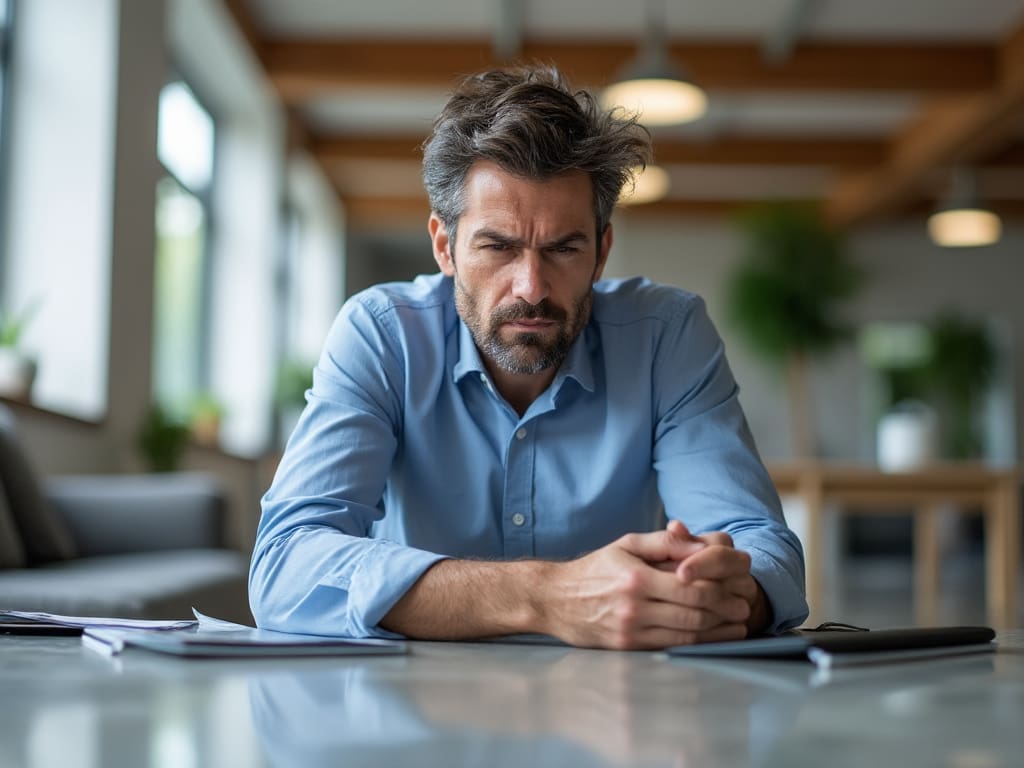Prevent Slips & Falls with Our Professional Coatings
Expert Cleaning, Coating & Testing Services for Retail & Industrial Facilities
How Slippery Are Your Commercial Floors & What is the Risk?

What Makes a Floor Unsafe, Vulnerable to Slip & Fall Accidents?
The safe level for SCOF (Static Coefficient of Friction) on floors is typically considered to be 0.6 or higher, while the safe level for DCOF (Dynamic Coefficient of Friction) is usually 0.42 or higher. Floors with SCOF and DCOF values below these thresholds are considered unsafe and can increase the risk of slip and fall accidents. It is important for property owners and managers to regularly test and maintain their floors to ensure they meet these safety standards and prevent potential hazards. Additionally, using appropriate cleaning and maintenance techniques, as well as installing slip-resistant flooring materials, can help improve the safety of floors and reduce the likelihood of accidents.
What Does a Slip & Fall Accident Cost a Business Owner?
The average insurance payout costs for a slip and fall accident can vary widely depending on the severity of the injury and the circumstances of the accident. However, on average, insurance payouts for slip and fall accidents can range from a few thousand dollars to tens of thousands of dollars. In some cases, payouts can even reach six figures if the injury is severe or if there are significant damages involved.
Frequently Asked Questions About Anti-Slip Coatings
Why Choose Anti-Slip Coatings?
If you think your floors may be slippery, they probably are, and the right place to start is to have them tested. The corrective action may be as simple as a change of your cleaning product or protocol, and we will show you how to determine that as well. There is a small fee for this service, and we will provide you with retainable documentation as to the results of our testing.
Reacting quickly is important because floors that do not meet national standards for slip resistance can pose a serious safety hazard. Failure to address this issue promptly could result in accidents, injuries, and potential legal liabilities. By taking immediate action to improve the slip resistance of the floors, you can help prevent accidents and create a safer environment for everyone.
How Do Anti-Slip Coatings Work?
Traditional anti-slip floor coatings and cleaners work by creating a textured surface on the floor that increases traction and reduces the risk of slipping. The coatings typically contain additives such as silica, aluminum oxide, or other abrasive materials that create a rough surface when applied to the floor. This rough surface helps to improve grip and prevent slips and falls, especially in wet or slippery conditions. This method can leave surfaces hard to clean.
What we do is a little different.
Instead of adding material on top of the substrate that will grab and tear up mopheads and floor pads, break away and create dust, we create micro-abrasions into hard substrates, so small that they can be neither detected with the eye, nor change the level of gloss, all while increasing slip coefficient of friction on the floor.
How Do I Maintain Anti-Slip Floors?
The answer is simple...
Stop using 'neutral' cleaners and reach for a solution that uses only conversion surfactants - those that convert from liquid to gaseous, evaporating into the air, or those that are compatible with the technology of coating that we apply.
We can equip you long term for the maintaining of your slip-resistant floors and at a cost that is comparable with any other detergent you may otherwise be using. While we are not a supply company, we can make recommendations for locations where you will find the right cleaner at the right price.
When and if you want to have your floors validated for slip-resistance, we will be happy to take new readings and report back.
Drop Us a Quick Line & We'll Set Up a Time to Meet

Call us at 207.944.3495 | Email: info@floor-pros.com